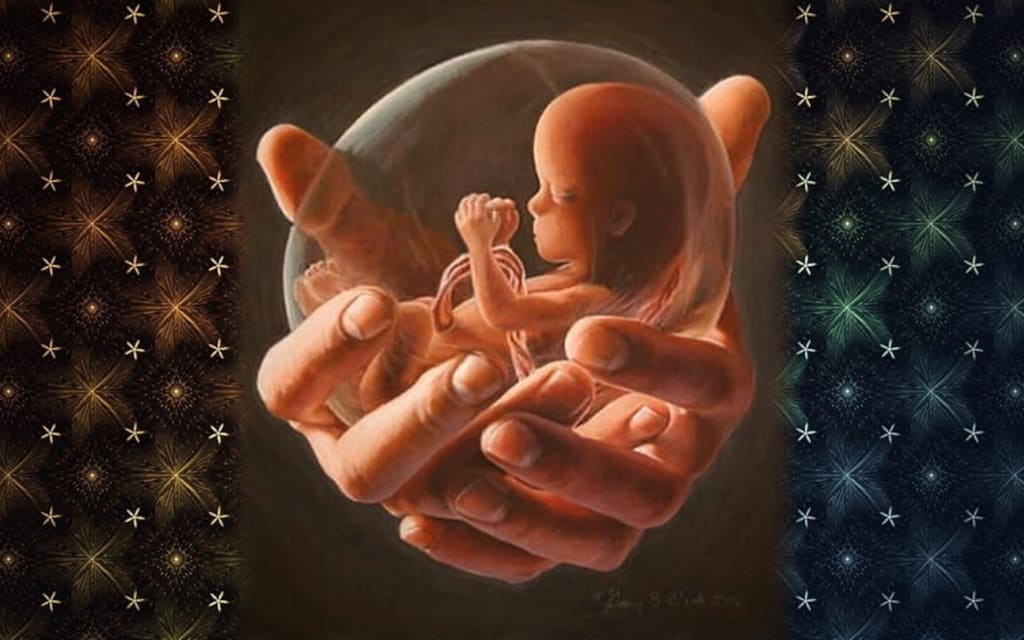
Of course! The uterus is described in detail below:
The female reproductive system's pear-shaped uterus, sometimes referred to as the womb, is housed in the pelvic cavity. It is essential to reproduction because it is where the developing embryo is found throughout pregnancy.
Anatomy: The uterus is made up of multiple unique layers.
The endometrium is the innermost layer and is made up of blood vessels and glandular tissue. Every month, it gets thicker in anticipation of a possible pregnancy, and if it doesn't happen, it sheds during menstruation.
The middle layer, or myometrium, is made up of robust, muscle-like tissue. It contracts to aid in birthing during labor and aids in the menstrual flow of the uterine lining.
The outermost layer, or perimetrium, is made up of a thin layer of connective tissue.
Structure: The uterus has a pear-like size, while its exact dimensions depend on a woman's age, hormone balance, and past pregnancy history. Usually, it measures 7 to 8 centimeters in length, 5 centimeters in width, and 2.5 centimeters in thickness. The fallopian tubes are connected to the fundus, the upper part of the uterus. The corpus, or main body, of the uterus tapers down to the cervix, which is a narrow lower section.
Function: During pregnancy, the uterus' main job is to sustain a fertilized egg's growth and development. If sperm fertilizes the egg after ovulation, the fertilized egg descends the fallopian tubes and inserts itself into the uterus's thicker endometrial lining. Through the placenta, the uterus supplies the growing embryo with nourishment and oxygen, creating a nurturing environment for it.
The uterus experiences strong contractions during labor, which are regulated by hormones and neurological impulses. The baby is assisted in passing through the delivery canal and out of the uterus by these contractions.
Reproductive Health: The general state of one's reproductive system greatly depends on the state of the uterus. Adenomyosis, which is endometrial tissue inside the uterus's muscular wall, fibroids, which are benign growths, endometriosis, and uterine prolapse, which is a weakening of the pelvic floor muscles, are among the conditions that can affect the uterus. Frequent gynecological examinations, such as Pap screenings and pelvic exams, are crucial for the early diagnosis and treatment of uterine diseases.
As the birthplace of life, the uterus is a unique organ that nurtures and shields growing embryos during pregnancy. The female reproductive system's intricate functioning and structure serve as an example of its marvels.
Of course, let's talk a little bit about the womb:
One of the most amazing organs in the human body is the uterus, sometimes known as the womb. It is the protective sanctuary for new life because of its complex structure and physiological processes. Within its walls, over the course of nine months, a tiny fertilized egg develops into a fully-formed baby, demonstrating the miracle of reproduction.
The womb represents femininity, power, and resiliency in addition to its function in pregnancy. It is a hallowed place where life first emerges, where families are formed, and where motherhood ties are cemented.
The womb is not without its intricacies and weaknesses, though. It serves as a reminder of the significance of reproductive health and medical care because it can be sensitive to a variety of illnesses and disorders.
In recognition of the womb's immense importance in the life cycle, let us appreciate and honor it, and let us fight for the health of everyone who possesses its potential.
Please feel free to edit or add to this note as necessary!
About the Creator
Enjoyed the story? Support the Creator.
Subscribe for free to receive all their stories in your feed. You could also pledge your support or give them a one-off tip, letting them know you appreciate their work.






Comments
There are no comments for this story
Be the first to respond and start the conversation.